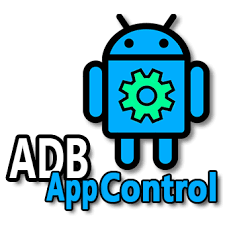ADB (Android Debug Bridge) is a versatile tool for collaboration among Android devices that provides numerous command-line utilities allowing developers to manage, debug, install, and uninstall applications, as well as transfer files and more.

Here are some commonly used ADB commands:
adb devices: Lists all connected devices.adb shell: Connects to the device in shell mode.adb push <local> <remote>: Transfers a local file to the device.adb pull <remote> <local>: Transfers a file from the device to the local system.adb install <path_to_apk>: Installs an APK file on the device.adb uninstall [-k] <package_name>: Uninstalls the specified application. Use the-koption to keep the app’s data and cache.adb logcat: Displays the system log of the device.adb reboot: Reboots the device.adb shell dumpsys: Shows system information of the device, including running services, processes, battery status, etc.adb shell pm list packages [-f]: Lists all application package names on the device. Use the-foption to also show the paths to the APK files.
These are some commonly used ADB commands that you can reference to help manage your Android device. Additionally, there are many other commands available, which you can explore by using adb --help.